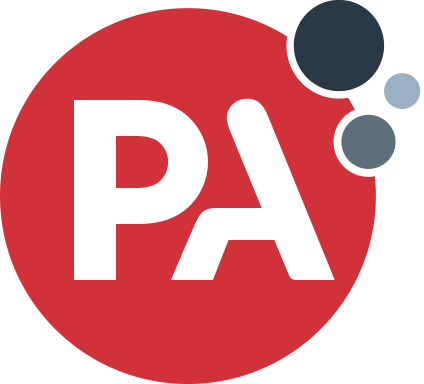
Universities must ensure their employees, including team leaders and HR staff, are given the support they need to manage recent workplace shifts stemming from the pandemic
Much of the discussion around the ways the Covid-19 pandemic has affected higher education institutions understandably focuses on the student experience. However, university employees, whether they are academics, managers or HR team members, are also dealing with an unprecedented workplace shift.
In conversation with Times Higher Education, higher education expert Laura Brooks and human capital expert Magda Gryn – both of whom are principal consultants at PA Consulting – discuss how the pandemic has provided opportunities to deliver sustainable change across the university workforce and what institutions can do to better support their staff.
“What we have seen in the higher education sector is that there were a number of changes that universities were already thinking about making pre-Covid, that the pandemic has brought to the fore,” Brooks says. “One example is the way universities were starting to think about how they could be more responsive and agile in their ways of working. Following the pandemic, this has been significantly accelerated.”
Another important development to take place over the past 12 months concerns universities’ employee value proposition. “Institutions are now looking more closely at how they attract talent, what their fundamental drivers are, and what the institution can offer the particular individual based on new expectations candidates have,” Gryn says. “It’s about much more than just having the right technology to allow people to work from anywhere, anytime. It’s about having the processes, policies and behaviours that back up the new ways of working.”
Brooks adds that the sector has responded remarkably well to the challenges presented by the pandemic, but there remains a lack of discussion regarding the digital experience for employees. “There have been a lot of questions asked around digital poverty and difficulties that students have had adapting to remote or hybrid studying. We’ve not seen that this conversation is happening on the same scale sector-wide for the workforce,” Gryn says.
“Do university employees have the digital skills to use video collaboration tools like Microsoft Teams or Google Meet?” Gryn asks. “We always look forward to opportunities around virtual collaboration, but first individuals need the basic digital skills that enable them to carry out simple administrative tasks effectively. Sometimes, we need to go back to basics first.”
However, pandemic-enforced workplace shifts should not always be framed as challenges. “One of the universities that we’ve been working with has found that by using digital tools they can now involve international staff in their workplace briefings,” Brooks notes. “It is now easier than ever to communicate with employees wherever they are.”
Whether employees are thriving as a result of recent shifts or struggling to adapt, it’s important that institutions have the right support protocols in place. “I think there are three key areas around employee support: infrastructure, skills and leadership,” Gryn says. “Regarding infrastructure, do employees have the tools they need to carry out the tasks being asked of them? In terms of skills, do personnel have the capability to do their jobs if their role has changed? And in terms of leadership, how are managers and HR teams looking after the employee experience?”
“For me, it always comes back to collecting employee feedback,” Brooks adds. “I would encourage universities and leaders to ask their staff what areas they are finding challenging and what improvements can be made. That kind of knowledge sharing is all too easy to miss.”
Even when institutions do remember to focus on the employee impact of recent workplace shifts, all too often, certain members of staff are neglected. New workplace demands have placed a huge added burden on HR teams, for example, which universities are working hard to manage.
“If you take something like onboarding new employees, HR teams have had to fundamentally redesign that process,” Brooks explains. “Many universities are also asking their HR departments to engage in more strategic workplace processes, but they remain bogged down with manual, transactional activities.”
“If HR teams are to rebrand themselves and move towards delivering more strategic work, then the HR teams themselves certainly have a role to play,” Gryn says. “They can start driving a different dialogue now to ensure that they are seen as a value-adding function, one that can provide insights that drive genuine organisational change.”
Find out more about PA Consulting.
























